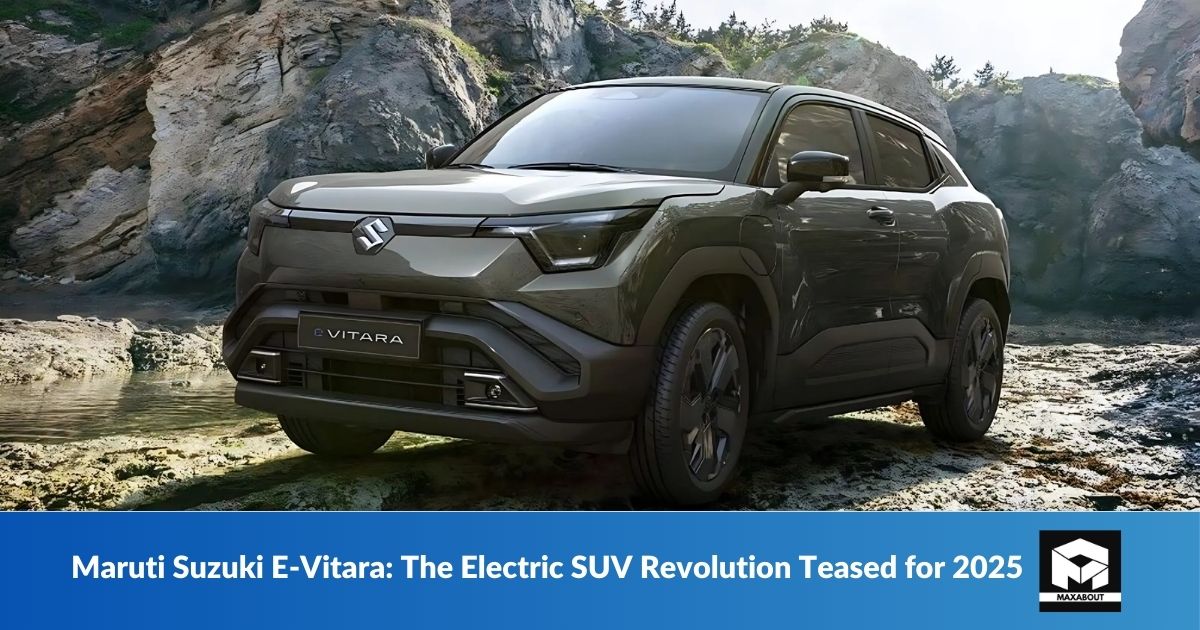Touted as a major game changer in India’s automotive space Maruti Suzuki has teased its much awaited electric SUV, the e-Vitara. This vehicle is set to make its debut on 17 January 2025 at the Bharat Mobility Global Expo and is Maruti Suzuki’s bold entry into the electric vehicle (EV) market. With this critical move, India’s biggest carmaker is set to transform the way the country approaches sustainable transportation and reshape consumer perception of electric mobility.
The e Vitara: Maruti’s Electric Gambit
The e-Vitara is more than just another model launch for Maruti Suzuki India’s auto leader for decades with its fuel-efficient affordable vehicles. Maruti has built the e-Vitara on the new Heartect-e platform which is built especially for electric vehicles and reflects the company’s will to embrace the future of mobility.
Design and Features
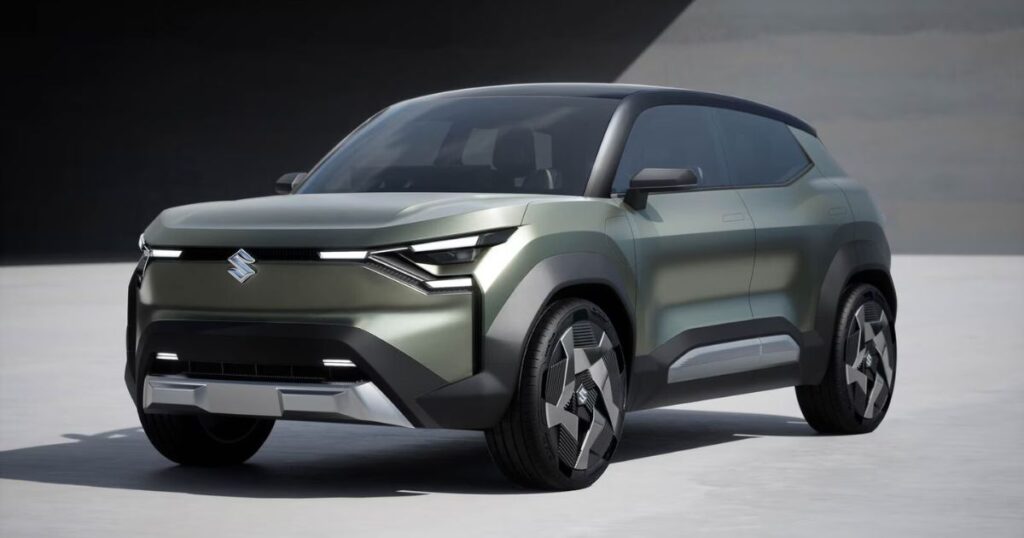
Its design is a mix of the modern and Maruti’s signature styling, which is found on the e-Vitara. Y-shaped LED DRLs are integrated into the main headlight setup; connected LED taillights and muscular front bumper housing fog lamps are all revealed in teaser images. Inside, it is equally as impressive with a dual-screen setup for infotainment and instrumentation, a rotary drive selector, and a plethora of other advanced features.
Powertrain Options
Maruti Suzuki is offering the e-Vitara with two battery pack options:
- 49 kWh battery: Mated to the diesel engine that produces 142 bhp and 189 Nm of torque.
- 61 kWh battery: Comes in 2WD (174 bhp) and AWD (184 bhp and 300 Nm) configurations.
The e-Vitara will have a larger battery pack, which the automaker claims will provide a range of more than 500 km on global test cycles, giving the electric SUV hope of being a contender in the segment.
Ecosystem and Charging Infrastructure
Maruti Suzuki understands that charging infrastructure is key to EV adoption and is not just launching a vehicle but is building an entire ecosystem. The company plans to introduce:
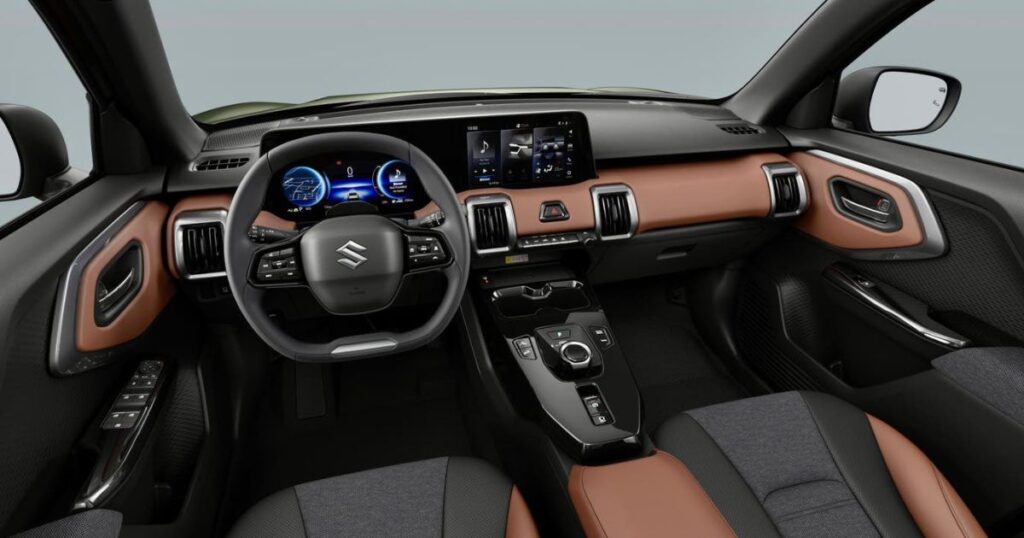
- Home charging solutions
- Fast chargers at Maruti Suzuki dealerships and service points across the country
The approach is meant to tackle one of the key concerns of prospective EV buyers—range anxiety and charging availability.
The larger EV ecosystem in India
The larger EV ecosystem in India
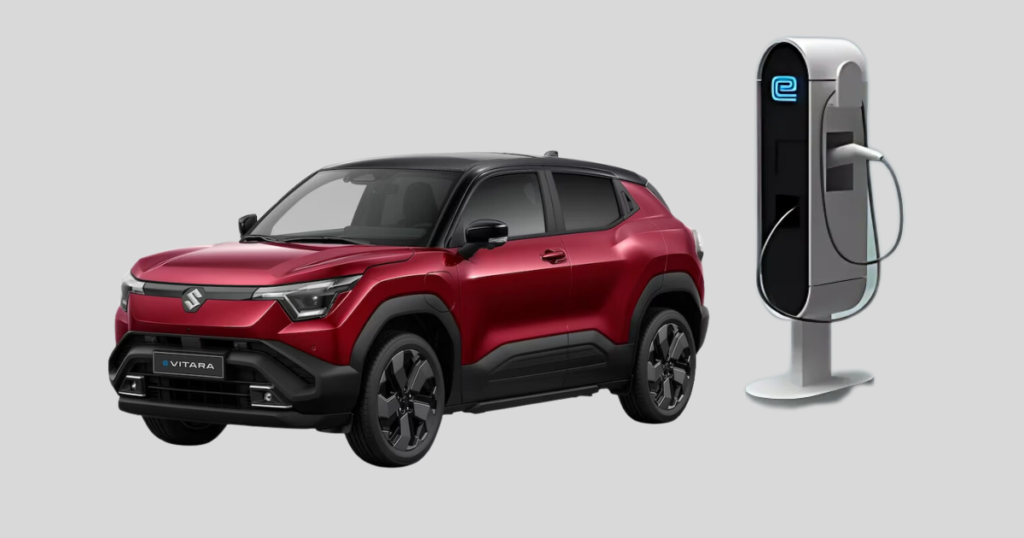
India is pushing aggressively towards electrification, and the e-Vitara’s launch is timely. The government has set ambitious targets for EV adoption:
- 30% of private cars
- 70% of commercial vehicles
By 2030, 80% of the two- and three-wheelers are electric.
The Faster Adoption and Manufacturing of Hybrid and Electric Vehicles (FAME) scheme and the Production Linked Incentive (PLI) scheme are initiatives that support these goals.
Market Projections
The Indian EV market is expected to grow significantly.
- It is projected to reach $7.09 billion by 2025.
- 10 million annual EV sales forecast for 2030.
However, challenges remain. The charging infrastructure will need to be massive, with estimates of at least 1.32 million charging stations needed by 2030.
Technology and Innovation
Maruti Suzuki’s e-Vitara is not just an electric version of an existing model; it is a technological leap for the company. The vehicle incorporates several innovative features:
ADAS and Safety
Advanced electronic technology (Advanced Driver Assistance Systems (ADAS)) is deployed on board many modern cars.
- Six airbags as standard
- 360-degree camera
- No electronic parking brake with auto hold functionality
Connectivity and Comfort
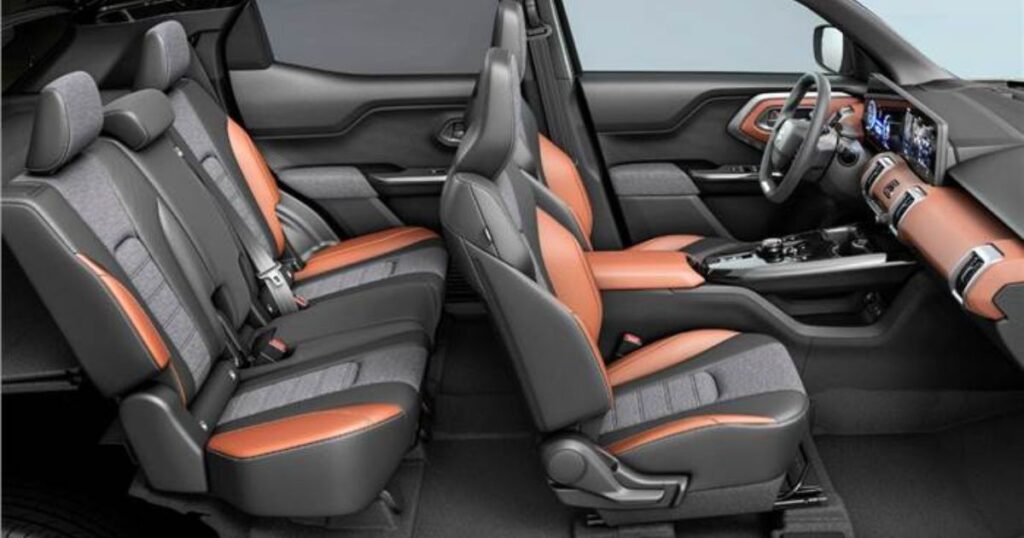
Wireless Apple CarPlay and Android Auto are also available.
- Ventilated front seats
- Wireless phone charger
- Regenerative braking system.
These features make the Vitara a technologically advanced offering and break the image of Maruti Suzuki being a maker of primarily budget vehicles.
Impact on the economy and on the environment
The launch of the e-Vitara is expected to have significant economic and environmental implications:
Economic Benefits
- They could help India reduce its fuel import costs.
- New jobs in the manufacturing and service of EVs.
Local component manufacturing industry to get a boost.
Environmental Advantages
Reduction of urban air pollution
- Helps India meet its climate goals by reducing carbon emissions.
- Promotion of vehicle charging with renewable energy integration
With India dealing with poor air quality problems in major cities, the move to electric vehicles such as the e-Vitara could help clean up urban environments.

